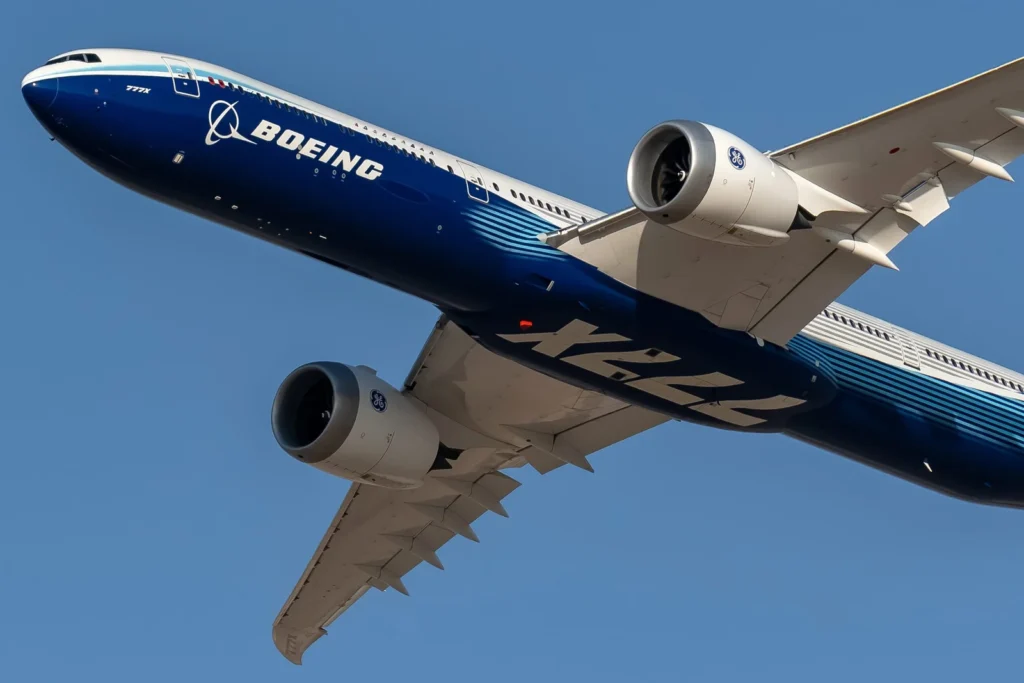A devastating plane crash in Muan, South Korea, has claimed the lives of 179 people. Authorities are racing to determine the cause of the tragedy, which involved a Jeju Air Boeing 737-800 attempting to land at Muan Airport on a flight from Bangkok. While most passengers were South Korean nationals, two Thai citizens were also among the victims.
Victim Identification Nearing Completion
South Korean officials have identified 174 of the 179 victims, with some remains already returned to grieving families. Remarkably, two crew members survived the crash, defying all odds.
The runway at Muan Airport remains closed and will reopen on January 7, pending a thorough investigation. Specialists from Boeing and the U.S. National Transportation Safety Board (NTSB) have joined South Korean experts at the crash site to uncover what led to this catastrophic event.
Safety Features Under Scrutiny
A key focus of the investigation is a concrete wall located 250 meters beyond the runway, which aviation experts believe contributed to the high death toll. The wall, designed to support an antenna system that guides pilots during landings, has sparked controversy.
Typically, such systems are mounted on flexible structures designed to give way upon impact, but the four-meter-high concrete wall at Muan Airport was rigid. Aviation analyst Song Byeong Heum criticized the wall, explaining that a more flexible design could have reduced casualties.
A South Korean pilot told Yonhap News that the wall’s construction does not align with international safety standards. However, Muan Airport defended the design, claiming it was necessary for the antenna system’s functionality. The Ministry of Transport confirmed that similar walls exist at other South Korean airports, raising concerns about broader systemic issues.
Investigators Focus on Flight Data and Bird Strike Theory
Recovery teams retrieved both the cockpit voice recorder and the flight data recorder from the wreckage. While the voice recorder remains intact, the flight data recorder was damaged, complicating efforts to analyze the plane’s performance. Experts are working to extract the crucial information, a process that could take weeks.
Authorities are also examining a possible bird strike as a contributing factor. Air traffic controllers had warned the Jeju Air pilots about bird activity near the airport shortly before the crash. Moments later, the pilots issued a Mayday call, reporting a bird strike. The plane then attempted to land without deploying its landing gear, skidded off the runway, hit the concrete wall, and burst into flames.
It remains unclear whether the bird strike directly caused damage to the plane’s landing gear. This element of the investigation is pivotal in determining how the chain of events unfolded.
Government Takes Action
In response to the crash, South Korea’s government has ordered an urgent inspection of all Boeing 737-800 aircraft operated by domestic airlines. The review covers six airlines and military aircraft of similar models to ensure the safety of their operations.
This tragic incident has prompted aviation experts and officials to call for enhanced safety measures at airports nationwide. The debate surrounding the rigid antenna system wall has raised broader questions about compliance with international aviation safety standards.
As the investigation continues, the focus remains on uncovering the precise factors that led to this devastating loss of life.
